Star Trek: Armada II
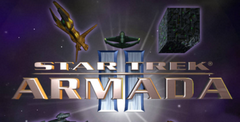
- Developer: Mad Doc Software, LLC
- Genre: Strategy/Wargame
- Originally on: Windows (2001)
- Works on: PC, Windows
- User Rating: 6.5/10 - 4 votes
- Rate this game:
Game Overview
You know times are getting desperate when distinctly average games that have enjoyed a modicum of success Stan getting sequels simply on the strength of their licences. The press release that accompanies Armada II states that the original game was 'the best-selling Star Trek RTS ever', which is funny considering its only competition is the monstrous New Worlds. To be fair, Armada was an entertaining, if somewhat simplistic, take on the real-time strategy genre, wrapped up in an excellent storyline.
It was heavily criticised for being set in space and yet not having any 3D depth. Not coincidentally, the main innovation for the sequel is a tactical view mode, which allows you to see and control the battles in fully rotatable and zoomable 3D, giving orders and setting formations. It won't exactly turn it into Shogun in space, but it does add another layer to the gameplay. Despite this 3D view, Armada 2 doesn't try to emulate Homeworld. The first Armada appealed to a very specific section of the gaming population: Trek fans who didn't want their strategy games too complicated. Producer Doug Pearson makes it clear that they don't intend to alienate those people by making things too complex in the sequel.
"Homeworld is a great game, but it didn't have mass appeal because a lot of people found the controls hard and had problems with 3D space and orientation. We don't force people to use the camera, we just give them the option. Nothing can be done in the 3D tactical view that can't be done exactly the same in the normal top-down view."
Warped
To make movement easier in the much-enlarged maps - now twice as deep and twice as large - ships can warp, which basically means they can move faster and become elongated and elastic. However, you won't be able to warp near a planet.
The other main change is the resource management. Instead of mining Dilithium clusters, you have to capture planets to mine them and get additional crew. "We have also introduced a similar trading system to Age Of Empires, where you can trade excess goods to purchase other goods," adds Doug. "For that purpose we've brought in the Ferengi, so you can trade with them, with each map having its own market values for different goods."
The structure is also slightly different this time, with three long campaigns made up of nine missions each, as opposed to the five minicampaigns of the original. Newbies will be able to learn the ropes through three extra training missions. Old hands will be pleased to know that the story follows directly from Armada, at a time when the Federation is reforming its forces after the struggle against the Borg.
Developer Mad Doc is a newcomer to the scene, but is made up of members of the in-house Activision team that created the First Armada, and ex-members of Looking Glass who worked on Thief I and II and System Shock II. That's a good enough reason to expect Armada II to be a solid game, but we'll have to wait and see if it can convince the RTS masses.
System Requirements
Processor: PC compatible, ![]() P-100
P-100
OS: ![]() Windows 9x, Windows 2000
Windows 9x, Windows 2000 ![]() Windows XP, Vista, Win 7, Win 8, Win 10.
Windows XP, Vista, Win 7, Win 8, Win 10.
Game Features:![]() Single game mode
Single game mode
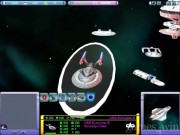
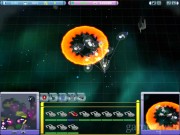
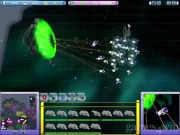
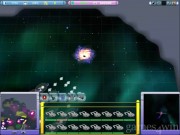
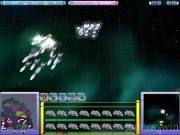
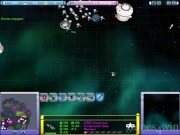
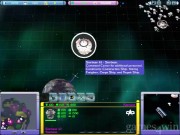
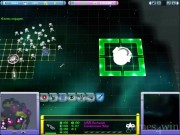
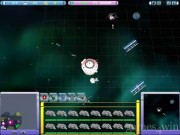
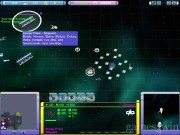
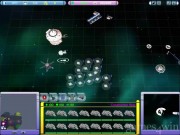
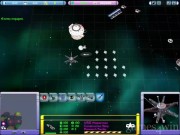
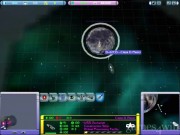
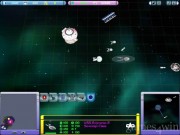
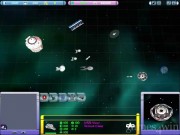
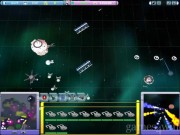
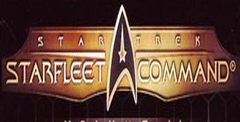 Star Trek: Starfleet Command
Star Trek: Starfleet Command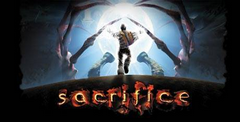 Sacrifice
Sacrifice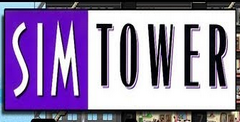 SimTower
SimTower Populous: The Beginning
Populous: The Beginning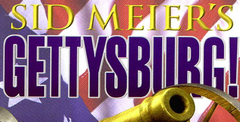 Sid Meier's Gettysburg!
Sid Meier's Gettysburg!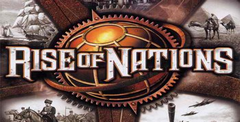 Rise of Nations
Rise of Nations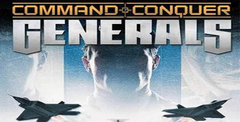 Command & Conquer: Generals
Command & Conquer: Generals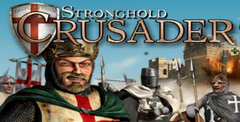 Stronghold Crusader
Stronghold Crusader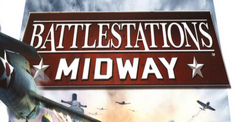 Battlestations: Midway
Battlestations: Midway